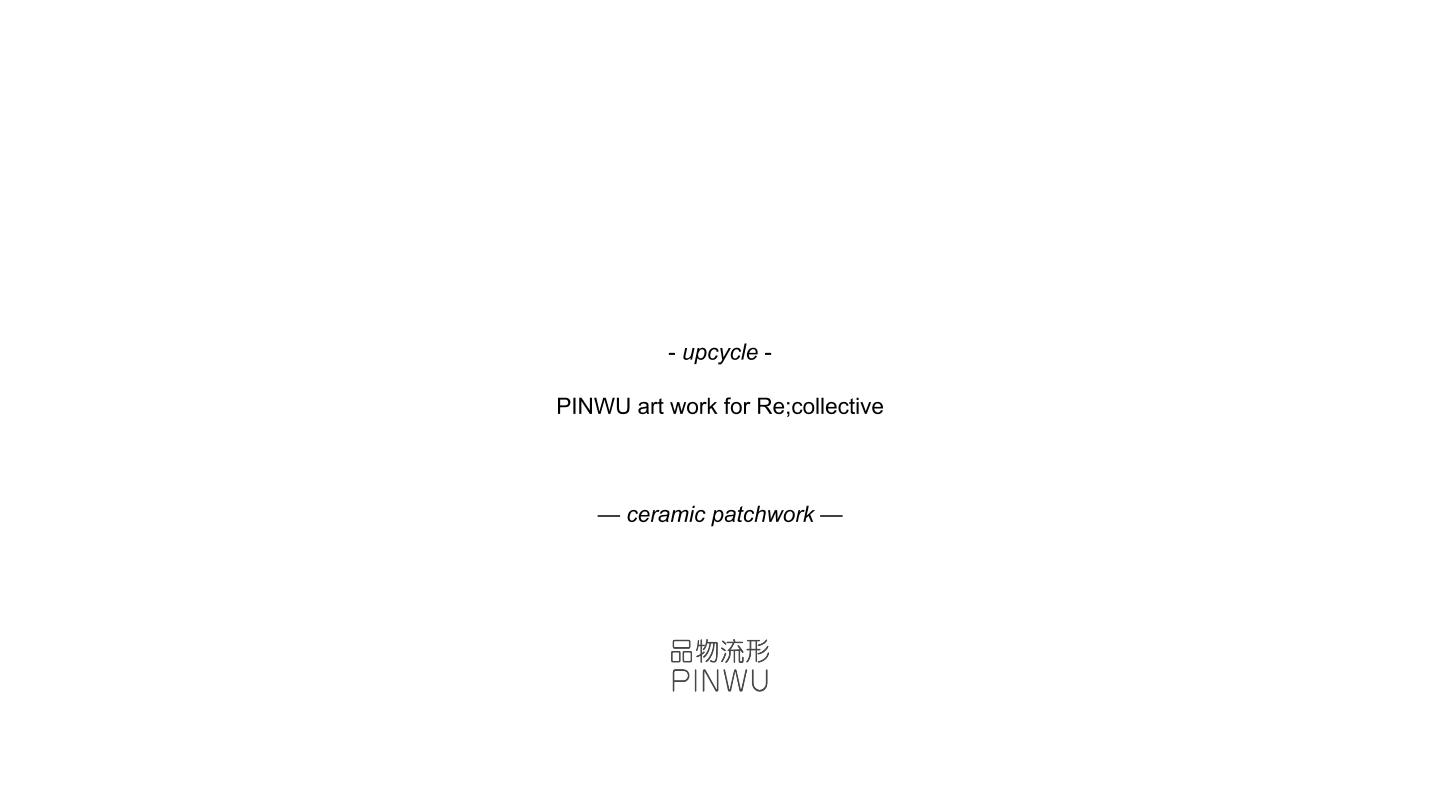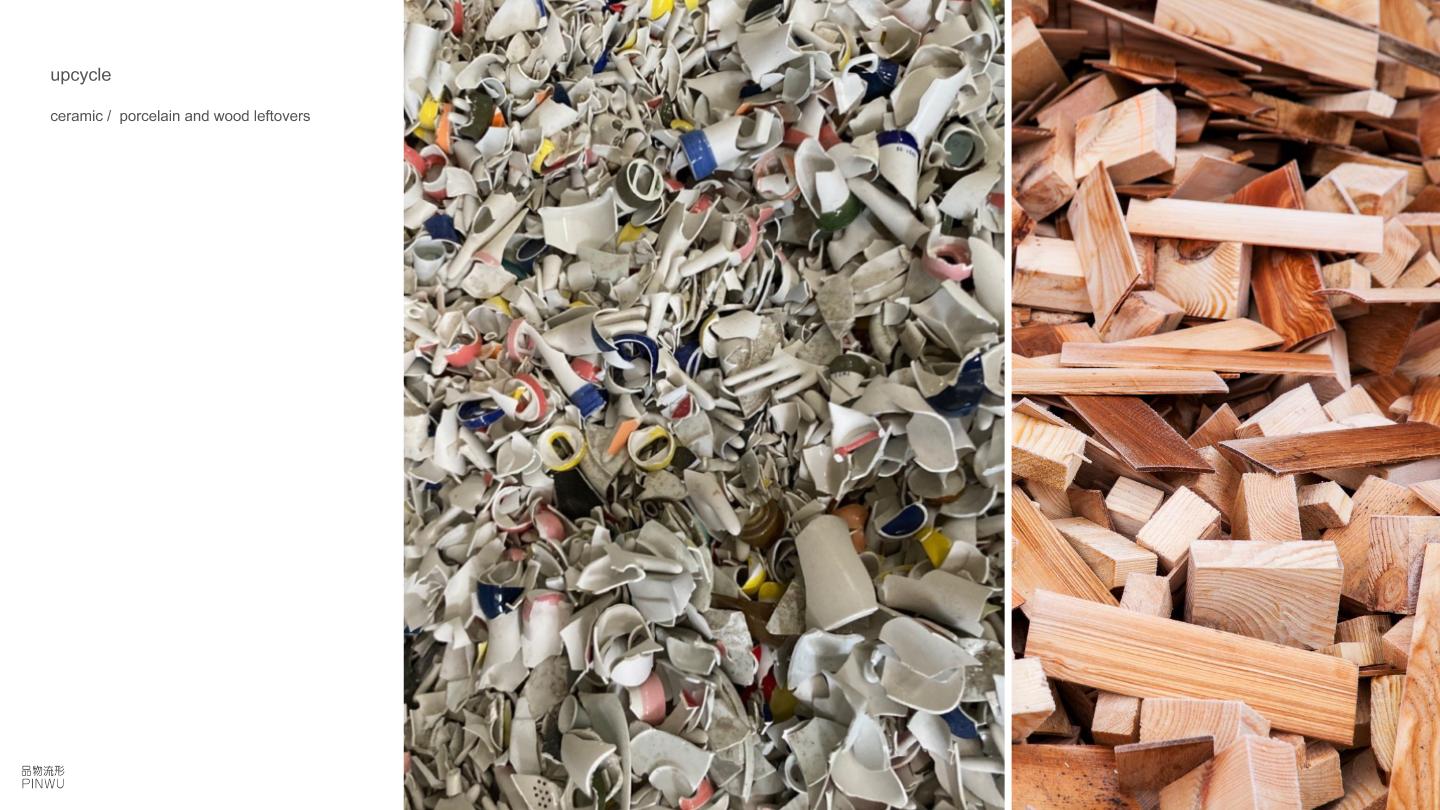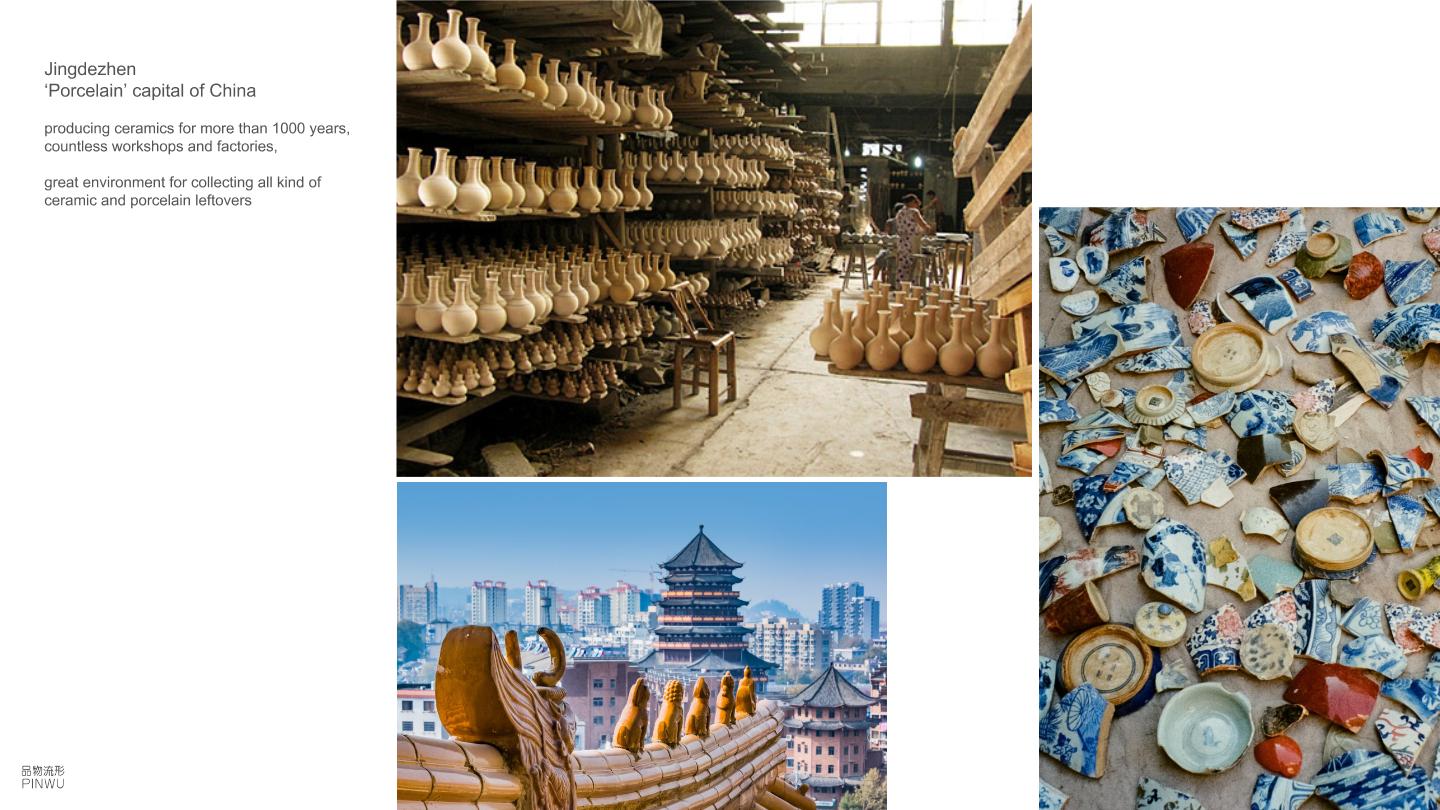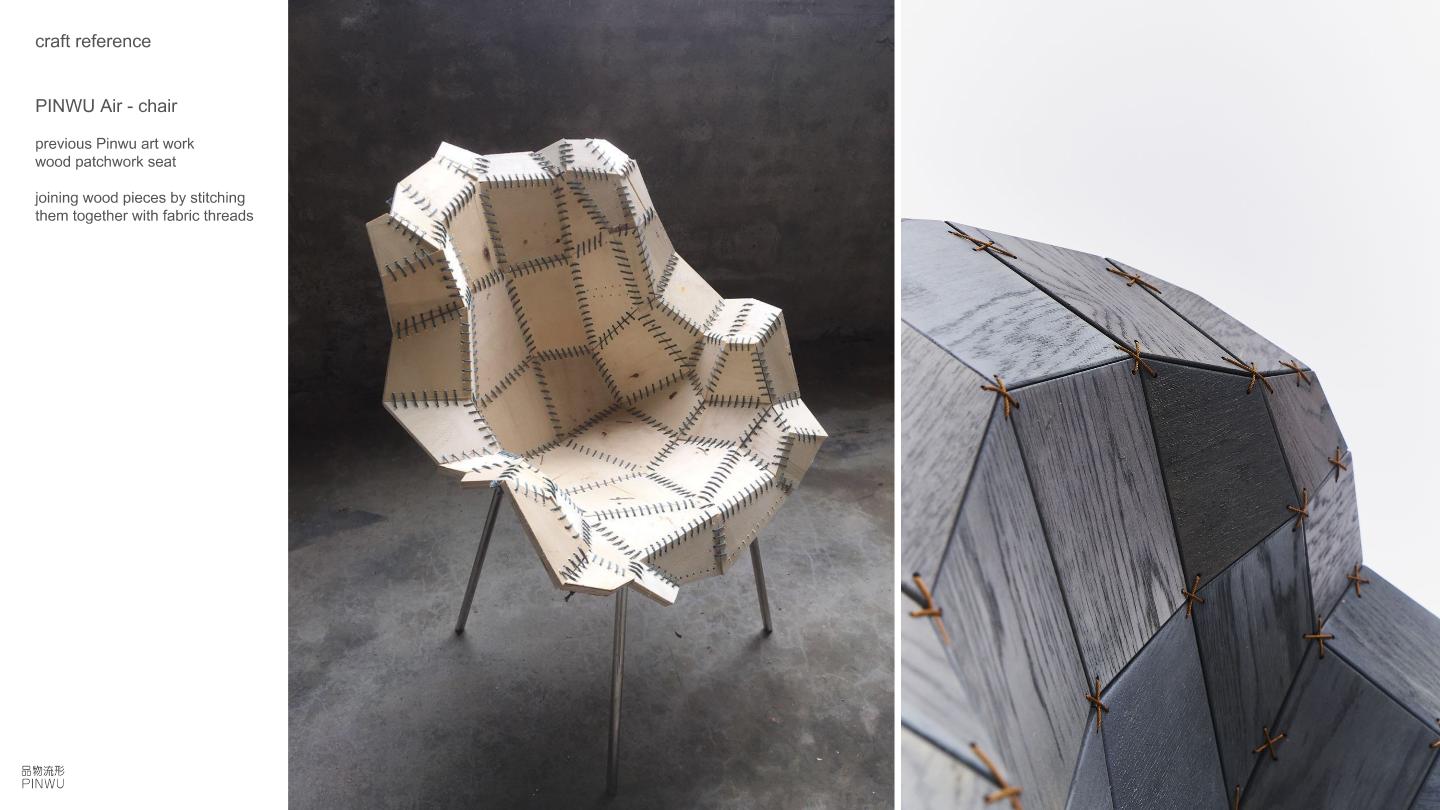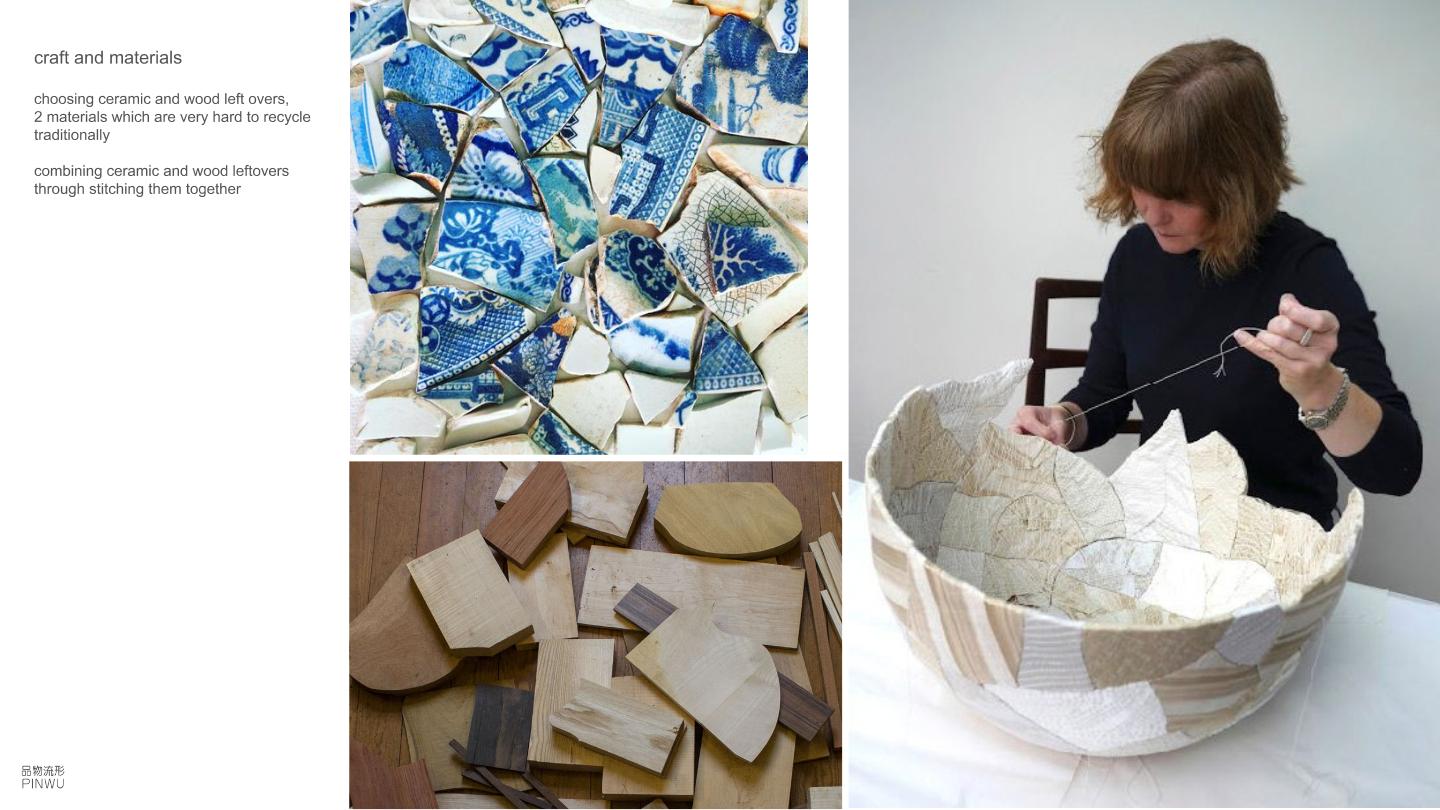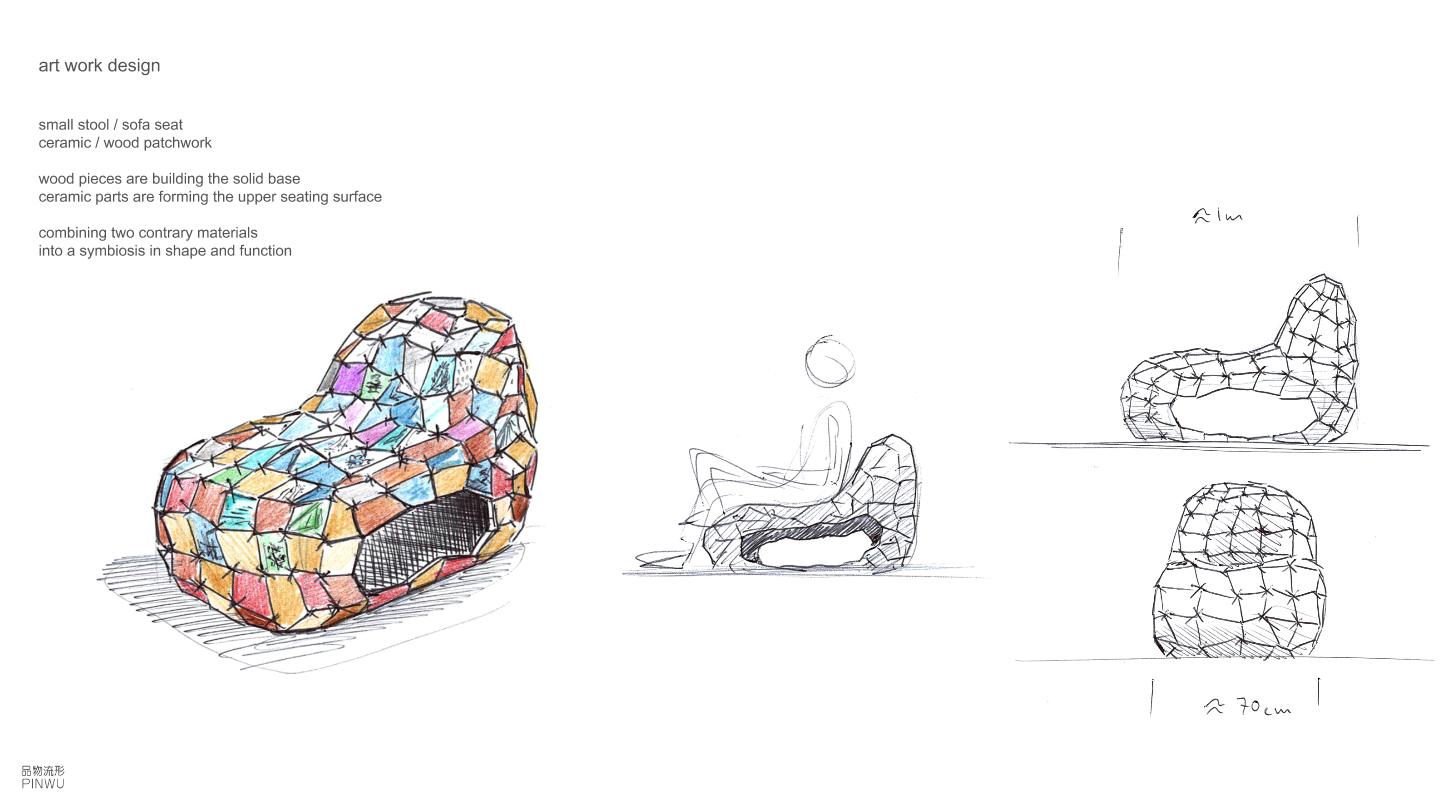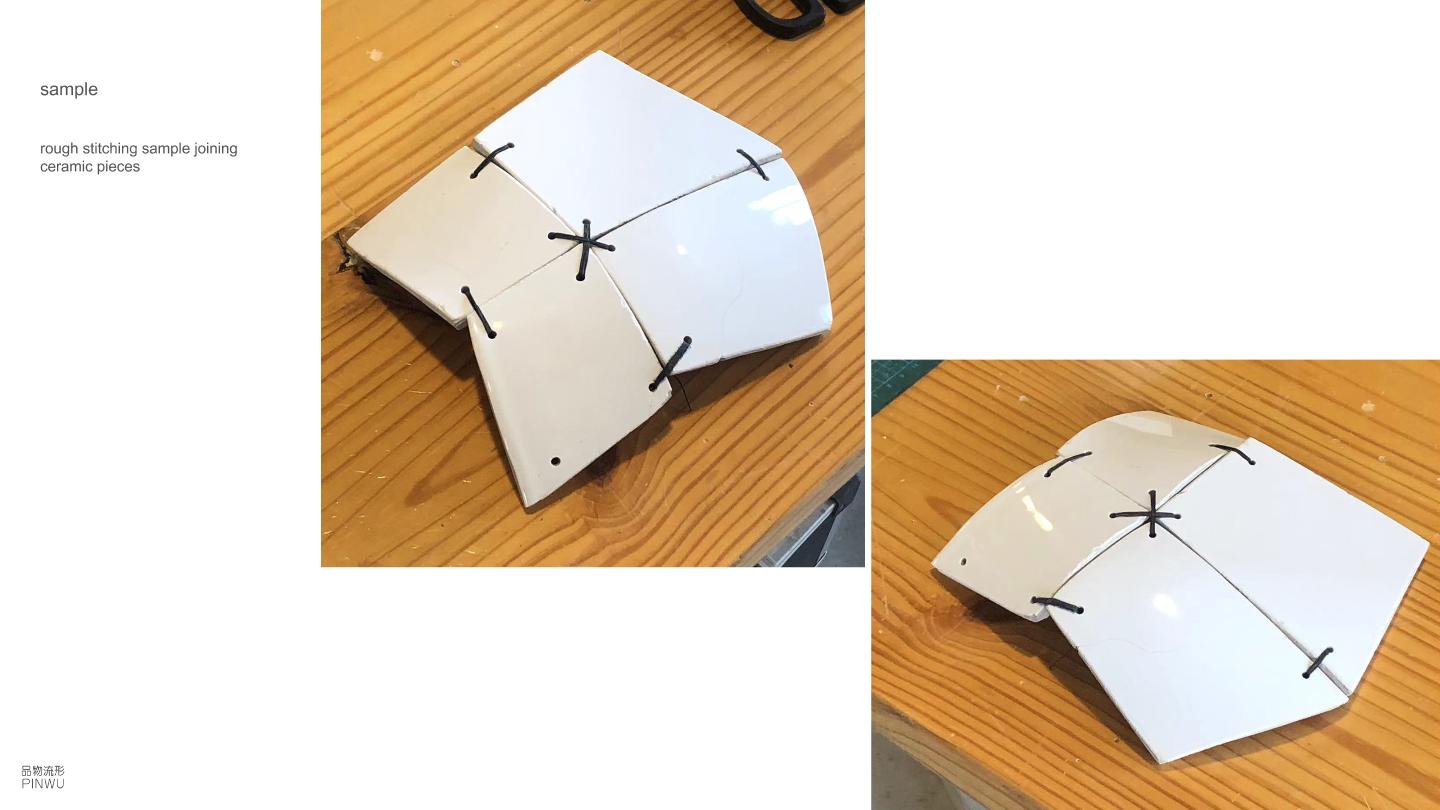cewo_pinwu_20230223
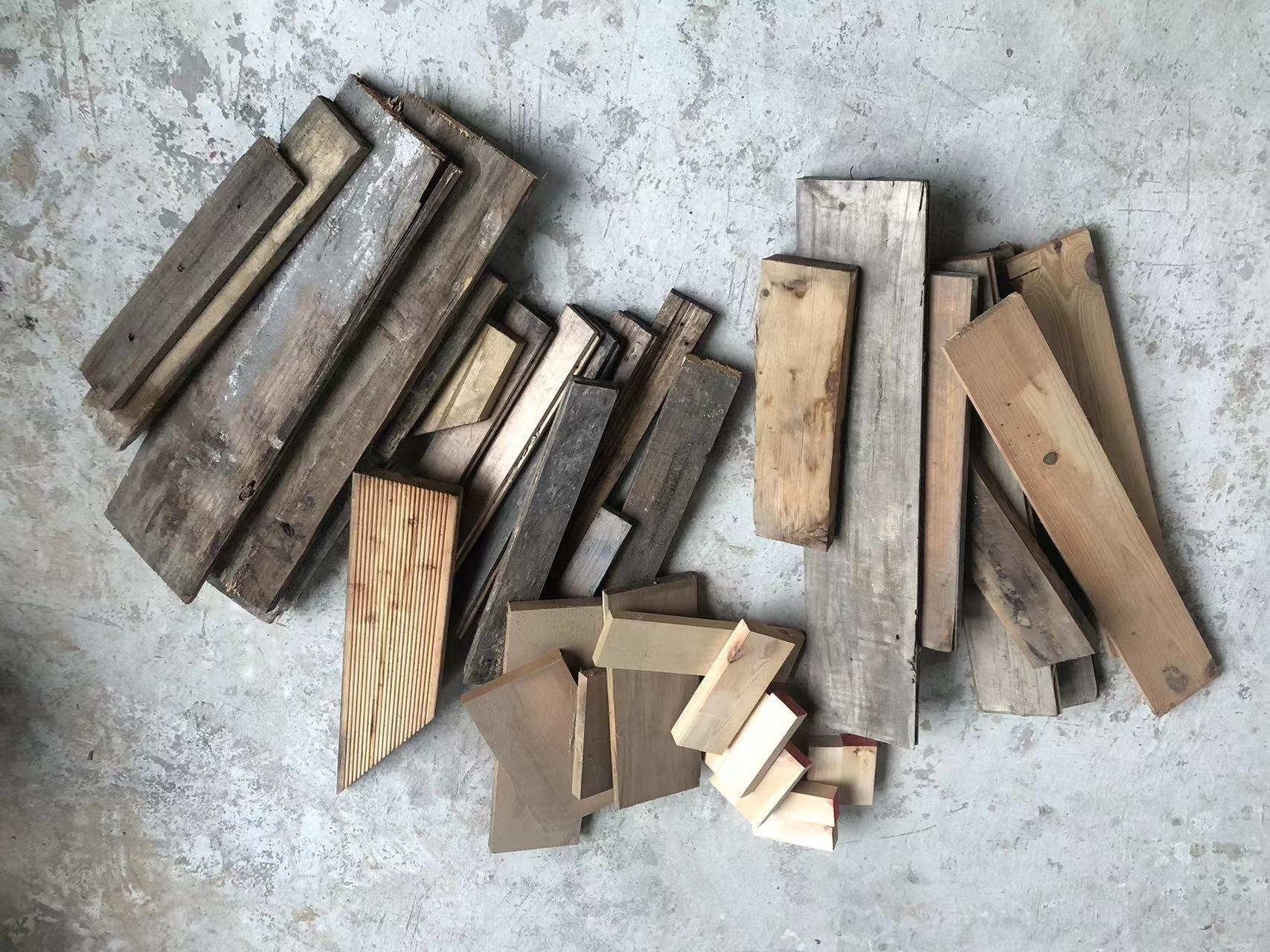
Recycled wood, from goods logistics shaped carpentry house
CEWO cardboard model
CEWO Patchwork Process
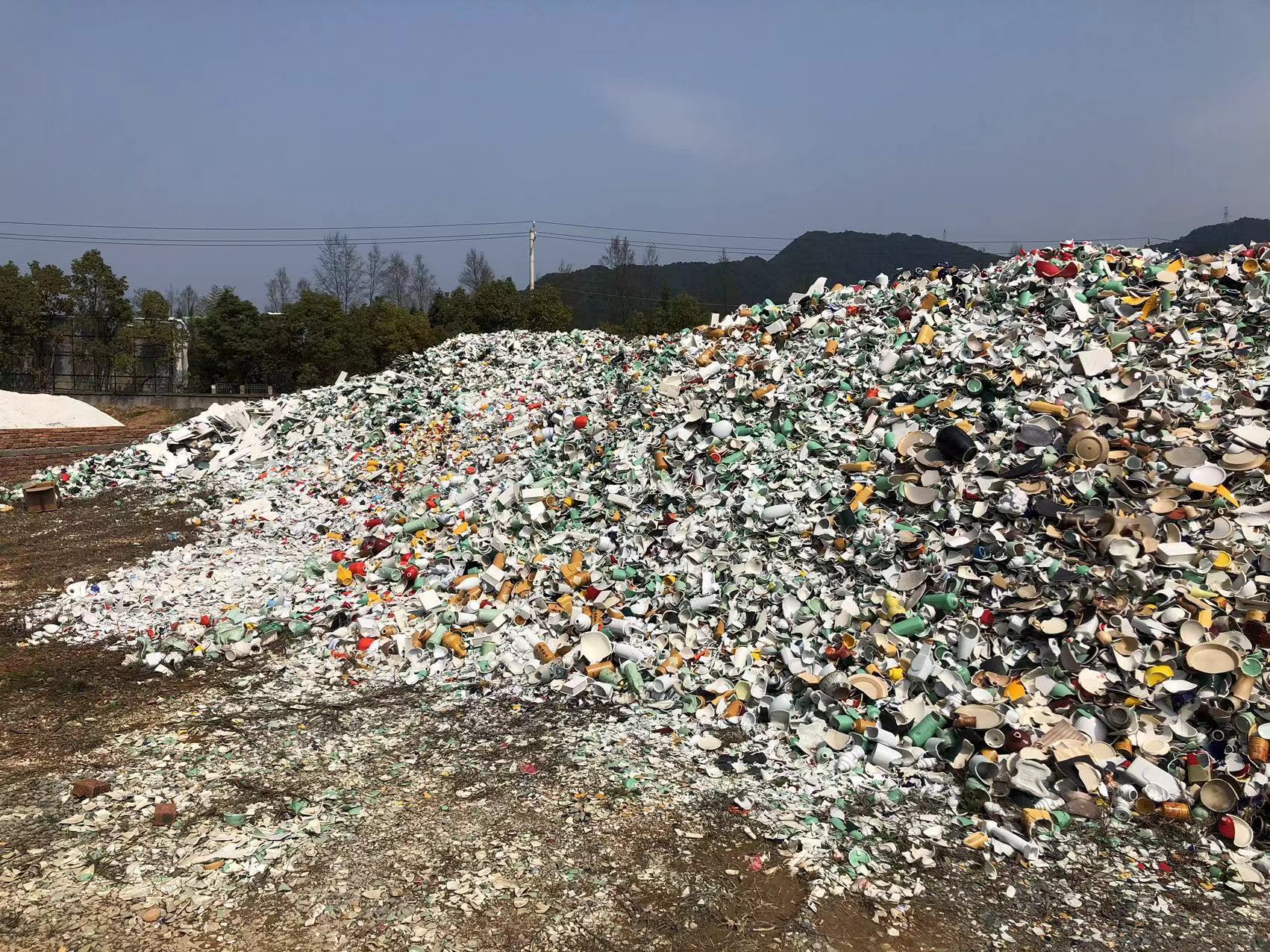
Recycled ceramic pieces, from Jingdezhen
Part of CEWO works
"The seemingly unimportant fragments of the infinite world, if we begin to realize their value, will show us the limits of the world."
-CEWO chief designer, Christoph John
PINWU was invited by Schemata Architects & Jo Nagasaka, a Japanese architectural firm, to participate in Re, a South Korea sustainable fashion brand Re; Code launched the Re;collective exhibition with the theme of Upcycle.
Upcycle means reusing materials and items that have already been used, whether they are damaged or still working. In contrast to recycling (Recycle), upgrading recycling works directly uses old objects and materials without consuming too much energy to allow them to be produced again. Recycling is breaking down materials into basic units and turning them into new products.
In China alone, there are 80 million tons of discarded ceramics every year. In particular, inorganic ceramic materials, once discarded, will have a great impact on the environment. The design team went to Jingdezhen and saw a large number of discarded ceramics, most of which were already fragments. Designer Chris wanted to cut them into the desired shape and stitch them together. Later, I chose wood because the two materials have a strong contrast in hardness.
One is natural material, one is artificial. But these two materials can be very good splicing. For designers, this approach has a strong contrast, but also very fit.
Chris wanted to do Upcycle in the most primitive way. In CEWO's work, 69 pieces of wood and 105 pieces of ceramic are used, both of which are recycled waste materials. In fact, these two are not recyclable materials, which is precisely the core of the creation of this work. Upcycle is very direct in this work.
The "saddle" chair in the previous work of the product is a chair sewn by splicing wood pieces with polyester thread, which is also one of the inspiration sources of this work. CEWO uses the same process. Chris tries to find the limits and boundaries of a process or material, and then apply this process to more materials. Therefore, it is not only the inspiration of this creation, but also the upgrading of the process. The seemingly fragile thread can sew these two contrasting materials into any form without excessive processing and decomposition. In addition, the stitching method is also easy to cut open. Perhaps one day they can be disassembled and made into something new, for another upgrade and reconstruction. So this work is not the final state of these materials. CEWO is only one phase of the life cycle of these materials.
The shape of the product has always been associated with traditional crafts and materials, which are usually natural materials. We focus on deconstructing Chinese handicrafts and materials and developing contemporary design and art works. The definition of Upcycle is the reshaping use of objects, in the process of creating new things without using too much energy. In addition, it is only a certain stage or process of materials, which can be upgraded and rebuilt again and again. This is a core idea and goal of creation.
The product logistics design studio was established in Yuhang, Hangzhou, China in 2004.
Founding designers Zhang Lei (China),Jovana Zhang (Serbia) and Christoph John (Germany) have led the team since 2009 to focus on the deconstruction of traditional Chinese handicrafts and materials and apply them to art installations, furniture design, transportation, space design, product design, graphic design, curation and brand strategy.







